Your organization is going global! It’s now vital for you to be able to communicate with customers in multiple languages. One way to do that, and to meet the needs of your international audiences, is with the use of a multilingual chatbot.
What is a chatbot? A chatbot is an artificial intelligence (AI) tool that simulates human conversation with a user. A multilingual chatbot can automatically detect the user’s language and generate accurate responses in that language. Powered by natural language processing and machine translation technologies, multilingual chatbots enable businesses to deliver support to their customers around the world.
International businesses like Airbnb are already seeing the strategic value of using chatbots in different languages, recognizing that they improve customer and partner communication. Your business can not only increase customer satisfaction and efficiency by investing in multilingual AI, but also gain access to new markets and customer demographics.
In this article, we explain how a multilingual chatbot operates and how to make your own using Jotform AI Chatbot Builder. We also share the key features to look for in a multilingual chatbot and provide examples of how best to use one in your business.
How to make a multilingual chatbot
Multilingual chatbots automatically identify the user’s language and generate context-aware responses in that language. Building one can seem complicated, but you can streamline the process with the right tools and guidance. Here are the key steps you need to follow to make a multilingual chatbot:
1. Determine your target languages: Look at user demographics, analytics, and market trends to identify the languages your target audiences use.
2. Choose a multilingual chatbot builder: There are several options available, such as Jotform AI Chatbot Builder (which we’ll explore in detail!).
3. Create a chatbot flow: Determine how your chatbot will engage with users in different scenarios. You may need to create multiple flows depending on your use cases and language needs.
4. Identify the best path to multilingualism: According to Joren Wouters, founder of chatbot consulting agency Chatimize, there are three main approaches to building multilingual chatbots:
- Duplicate chatbot flows per language: With this type of chatbot, you create duplicate chatbot flows for each language you want to support, manually translating all messages. This is considered a time-intensive method that is not highly recommended.
- Manual translation with one chatbot flow: In this approach, you use the same chatbot flow for all languages, translating the message content for each language. You have full control over the translation and only one chatbot flow to manage, but you still have to manually translate the content.
- AI-powered translation: With this type of multilingual chatbot, you auto-translate all messages using AI. This approach is automatic and doesn’t require manual translation, but you have less control over the generated content.
5. Optimize your chatbot with local nuances: In addition to translation, go the extra mile and customize the multilingual chatbot with cultural nuances and local expressions for each geographic region.
6. Train and test the chatbot: Train your chatbot with real-world data to ensure it can handle all scenarios, both common and obscure, in multiple languages.
7. Deploy, monitor, and optimize the chatbot: Once your chatbot is live, monitor analytics to determine engagement and conversion rates. Edit conversation flows and translations as necessary to enhance results.
How to create a multilingual chatbot with Jotform AI Chatbot Builder
Jotform AI Chatbot Builder is one of the simplest tools you can use to build a multilingual chatbot. A bot built on this platform provides users with a seamless experience thanks to automatic AI language detection and instant language switching.
Here’s how to make a multilingual chatbot with Jotform AI Chatbot Builder in just 10 steps:
1. Go to Jotform AI Chatbot Builder.
2. Click Let’s start.
3. Describe the type of AI Agent chatbot you want to create using the options available.
4. Click Create AI Chatbot.
5. Set up your chatbot’s greeting, pulsing, and position. Click Next.
6. Select an avatar for your chatbot. Click Next.
7. Specify a chatbot name and role. Click Next.
8. Select your chatbot color scheme, chat style, and button style. Click Next.
9. Train your multilingual chatbot with your documents, websites, and other materials. Click Next.
10. Paste the chatbot code where you want it to appear on your website.
It’s as simple as that!
Why businesses choose Jotform AI Chatbot Builder
Jotform AI Chatbot Builder is a leading multilingual chatbot creation tool. However, there are certainly other options available on the market.
What features should you pay attention to when selecting a multilingual chatbot builder? “Go for built-in multilingual support, easy message translation tools, and native AI translation options,” says Wouters. “These save hours of work and ensure consistent [user experience] across languages.”
Here are some reasons businesses are choosing to create a multilingual AI chatbot with Jotform:
- No coding required: Unlike some other chatbot builders, Jotform doesn’t require any coding knowledge. Creating and customizing your multilingual chatbot is straightforward, even if you don’t have experience creating AI tools or chatbots.
- Automatic language detection: Jotform AI Chatbot Builder instantly detects what language the user is speaking and matches it for a seamless and satisfying user experience. No manual translation or user flow duplication is required.
- Major language support: Jotform AI Chatbot Builder is available inseveral major languages such as English, French, Spanish, Italian, Portuguese, Turkish, German, Dutch, Russian, and Japanese.
- Omnichannel deployment: Use Jotform AI Chatbot Builder to develop a chatbot for your website and other channels such as WhatsApp, SMS, email, voice, and Zoom.
- Valuable business integrations: Jotform AI Chatbot Builder integrates with Slack, Google Calendar, and other business tools such as CRMs for easy workflow automation.
- Customizable chatbot appearance: You can align your multilingual chatbot with your brand by customizing its appearance, tone, and behavior.
- Thousands of ready-to-use templates: Don’t want to build a chatbot from scratch? Simply use one of the thousands of ready-made multilingual AI Agents from the Jotform AI Agents templates, such as the helpful order and booking assistants.
- 24-7 support: Highly scalable and suitable for businesses of all sizes, Jotform AI Chatbot Builder comes with 24-7 support, so you always have the help you need.
Features to include in your multilingual chatbot
When building your multilingual chatbot, aim for excellence! After all, you want to exceed customer expectations and provide a memorable, positive experience that engages customers and keeps them coming back time and time again.
Here are some features to include when creating your multilingual chatbot:
- Instant language detection and switching: Instead of manual language translations that can be time-intensive, opt for a chatbot builder that can instantly detect the language the user is speaking and accurately generate replies in that language. This way, you can wow users with the chatbot’s ability to speak their language.
- Global reach: Ensure the chatbot you create can actually operate in the languages your target audience speaks. For example, if you use Jotform AI Chatbot Builder, you can customize the agent’s language to a number of global languages, including Arabic, Korean, Hungarian, Serbian, and Finnish. Jotform’s AI Chatbot Builder enables you to build a chatbot that speaks dozens of languages.
- High degree of personalization: Language customization is one thing, but it’s also vital to customize the appearance and tone of the chatbot to provide your customers with a consistent brand experience across channels. To do this, look for AI chatbot builders that let you specify colors, text alignment, content tone, and other characteristics to match your brand.
- Cost efficient: Using an AI chatbot already reduces the need for your business to have multilingual human agents, which is a major cost savings and one of the key benefits of chatbots. However, the cost of the technology used to build the chatbot also needs to be within your budget. To ensure your chatbot is cost efficient, opt for a multilingual chatbot builder that offers a range of pricing options. For example, Jotform AI Chatbot Builder has a free plan, three paid plans starting at $34 per month, and a custom enterprise-level plan.
- 24-7 availability: Your human agents can’t be available 24 hours a day, seven days a week, but your multilingual chatbot can. Build a multilingual chatbot that has 24-7 availability and is highly reliable at peak times.
How can companies use multilingual chatbots?
Multilingual chatbots are cost effective for businesses, reducing the need for multilingual human agents. They also make it easier for businesses to enter new markets and communicate with those customers in their native language.
What are some of the ways you can use a multilingual chatbot? “Customer support is the biggest one,” says Wouters. “It’s a cost-efficient way to scale globally. But you can also use them for lead generation, marketing campaigns, and content delivery (like e-books or event registrations).”
Multilingual conversational AI chatbots are highly versatile and can be applied across industries. Here are some examples of how different sectors are using this technology:
- Healthcare: Hospitals, clinics, and other healthcare organizations use multilingual chatbots for administrative work, such as scheduling appointments and sending appointment reminders. They also use these bots to provide medical information to patients in their native language. This not only improves patient engagement but also enhances compliance in this highly regulated industry.
- Travel and hospitality: Hotels, restaurants, resorts, tour operators, and travel operators use multilingual chatbots to provide answers to traveler queries, manage bookings, schedule appointments, and make booking changes. A great use of multilingual chatbots in travel and hospitality is to offer local recommendations in users’ native languages, enhancing the customer experience worldwide.
- IT help desk: In IT, answering questions is a major part of the job. With a multilingual chatbot, global help desk organizations can automate answers to frequent questions and provide details on order or service status. When dealing with users around the world, multilingual chatbots can offer troubleshooting help 24-7, so no one has to wait hours to speak with a human agent.
- Marketing and sales: In this industry, personalizing engagement is key. Prospects and customers don’t want to receive generic content that isn’t relevant to their needs. Organizations use multilingual chatbots to deliver region-specific promotions to their target audience. Chatbots in different languages can also help upsell products and services and qualify leads to determine where businesses should focus their efforts.
- Education and customer training: When it comes to learning of any kind, whether it’s at school or at work, multilingual chatbots come in handy by supporting users with course enrollment and technical guidance. This technology can also be used to provide multilingual tutorials for customers who want more support in learning how to use products and services.
Ready to provide global customer support with a multilingual chatbot?
Multilingual chatbots break down language barriers, enabling your business to connect with target audiences across the world, regardless of what language they speak. Offering a chatbot in different languages also shows your target audience you value their needs and are willing to go the extra mile to make communication comfortable and seamless.
For organizations focused on driving growth, multilingual chatbots help you have conversations at scale while keeping costs down. Multilingual chatbots can support your human team by engaging with more users at once, ensuring all prospects and customers can get the information they need instantly.
Ready to build a multilingual chatbot for your business? Jotform AI Chatbot Builder is a highly intuitive, scalable, and powerful multilingual chatbot solution that doesn’t require any coding knowledge. You can create your chatbot in different languages with ease, customizing it to align with your brand.
Take advantage of Jotform AI Chatbot Builder’s free plan and start exploring it today.
This article is for website operators, content managers, marketing agencies, and global businesses who want to understand the value of multilingual chatbots and learn how to build conversational AI that breaks language barriers to deliver seamless, localized customer support worldwide.





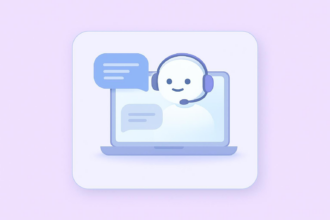
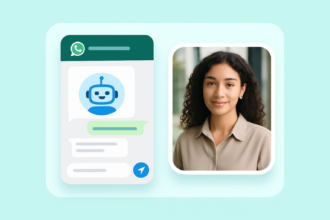

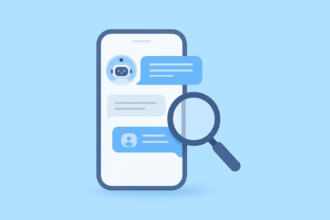

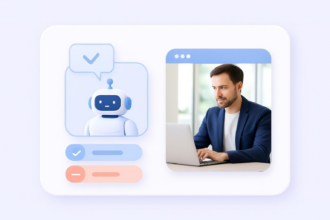



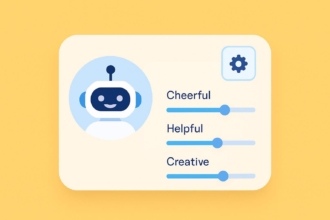





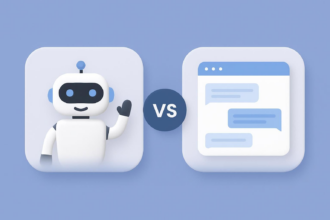
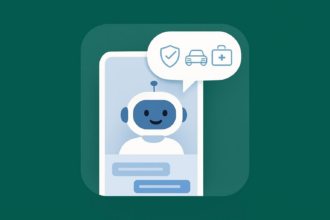
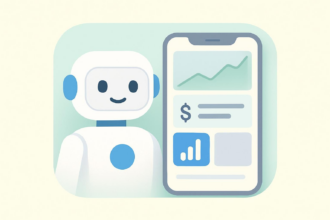
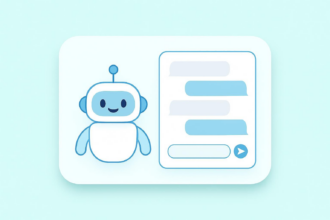


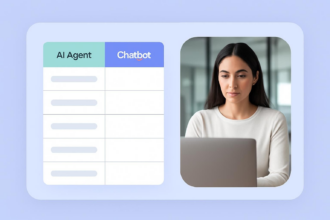
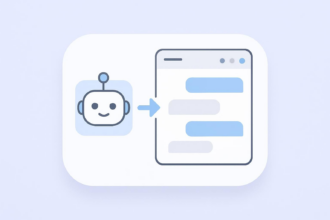




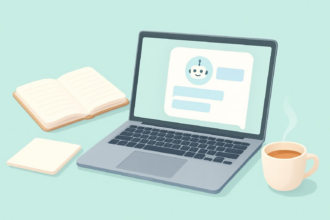
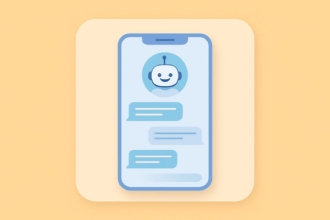



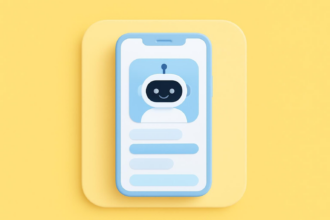




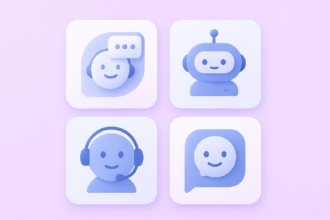
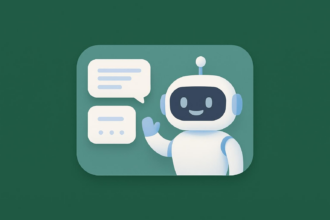
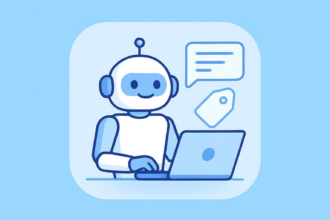
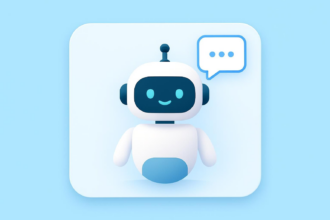

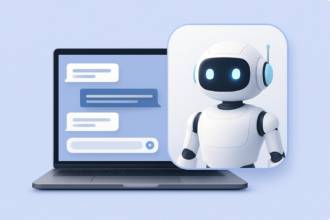
Send Comment: